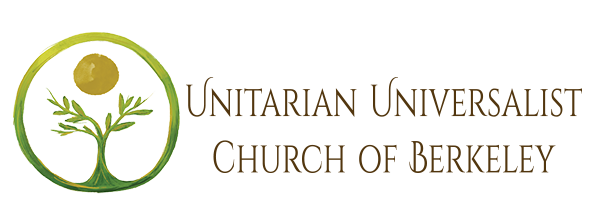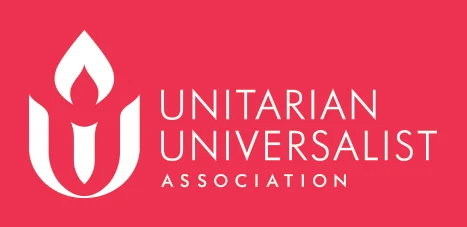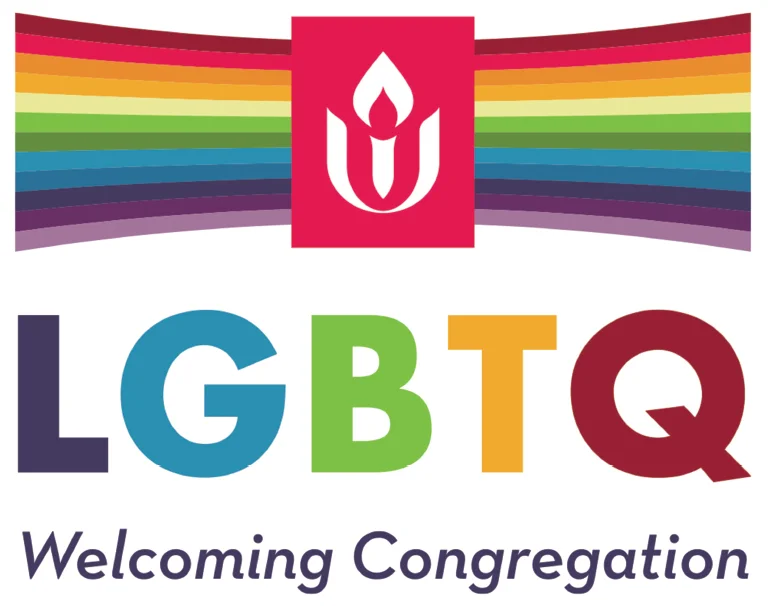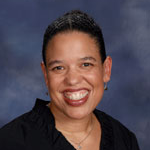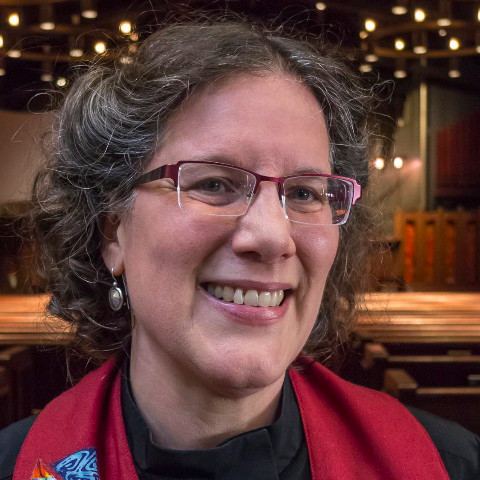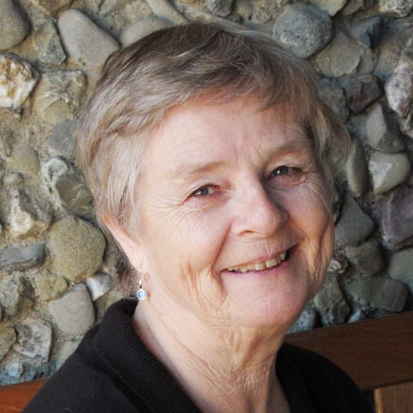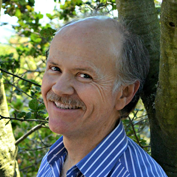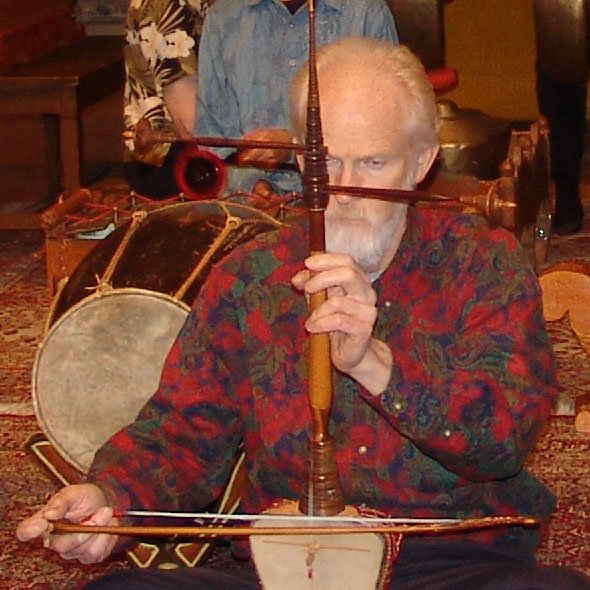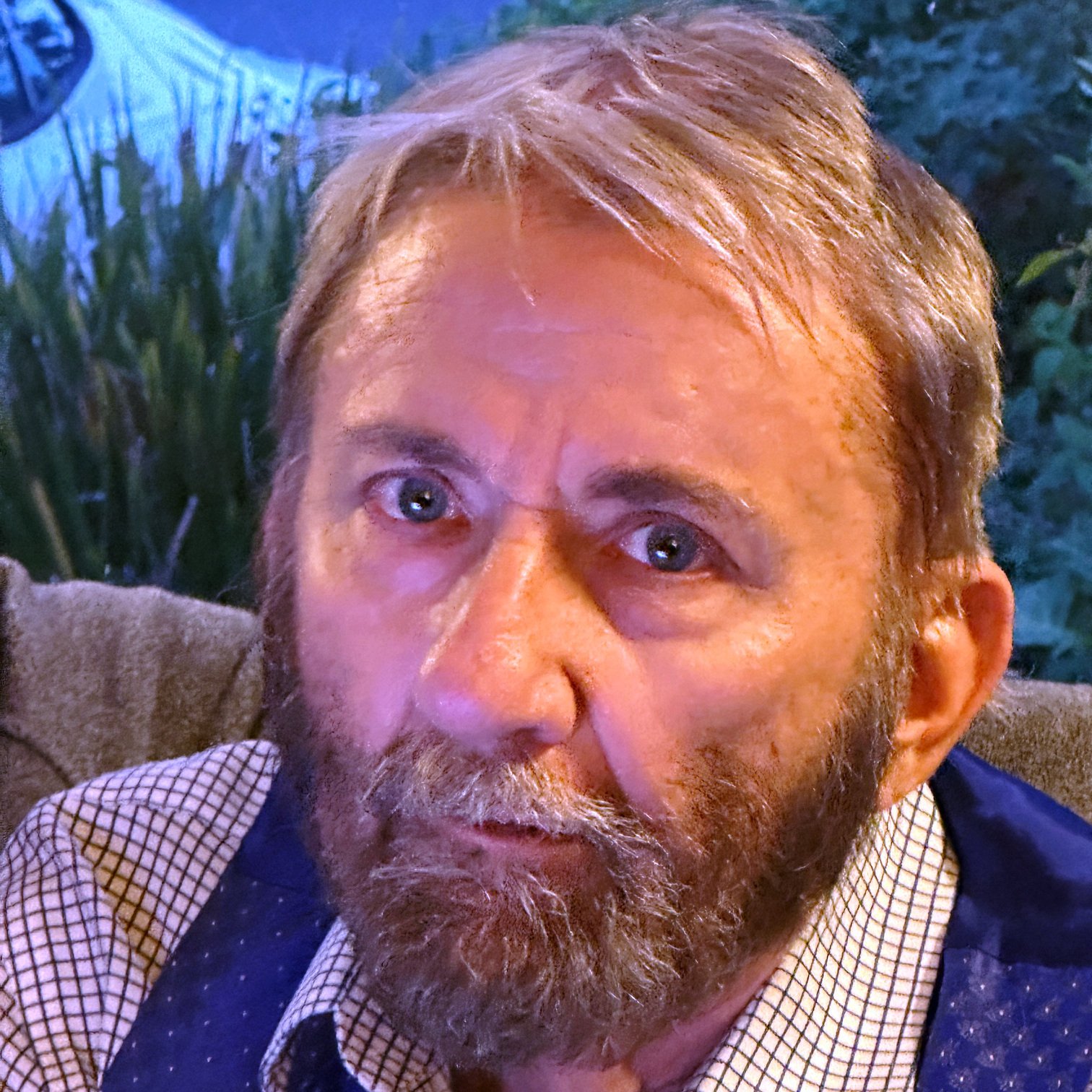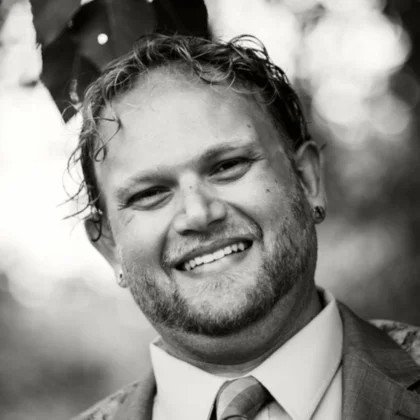At the Unitarian Universalist Church of Berkeley you will find a loving community devoted to lifelong learning. The range of our activities span from playful to rigorous, from spiritual to humanist, intellectual to active. Beginning with toddlers, all the way up to seniors, our faith formation programs are inspiring, fun, and challenging.
Through heart-centered and thought-provoking learning we inspire spiritual growth, and encourage lives of integrity, joy, and service. Use the links to the left (or below, on your mobile device) to explore the many activities for adults, youth, and children.
